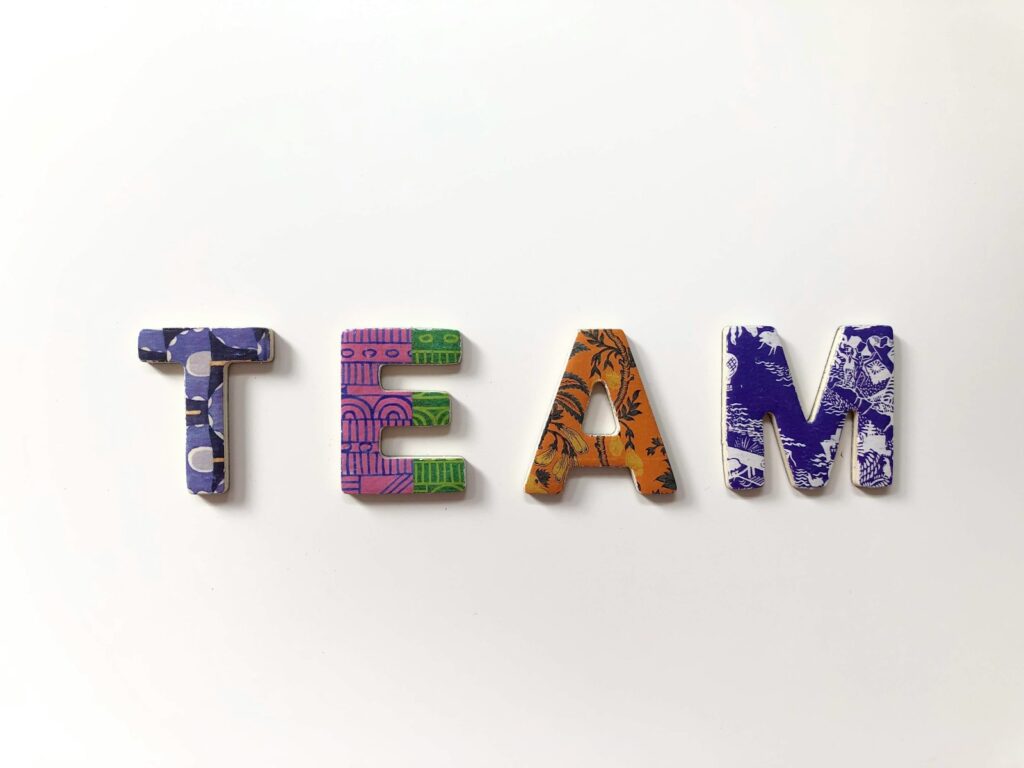For almost three decades I’ve been ruining people’s teams – managers and leaders who have been experiencing “team learning” and now are rethinking how they “do” team building.
When I started in the “team building” business it was largely a recreational focus to team development. People wanted to connect and have fun, and team building was a great way to do that (and still is). But, over the years the luster of team building being simply a fun time began to tarnish. Investment of hard earned dollars wanted real return on investment. Conversations around KPI’s, strategic plans, and more elevated and preceded the events.
And thank goodness for that.
You see I’ve been ruining teams because I have figured out the secret sauce to helping to up level the impact on teams communication, stress reduction and connectivity through the generations. For years, we have been missing the target with our team events because we were offering what was “fun” and “important” to the planner (or manager). Too often, we were organizing events that spoke to the “flavour of the day” from axe throwing to rage rooms – likely because someone they knew “did this really fun thing.”
So don’t get me wrong. Fun things are important. But team building fun is idiosyncratic – you know that to be true because you’ve been to events that increased your stress and disengaged you more than reeled you in – because it didn’t align with you.
So the secret sauce? The one that pulls people in and builds a cohesive, collaborative and inspired team… something I write about in my book “The Business that Cared about People” it’s called, Multiple Intelligence Quotient. That’s how we level the playing field and find the magic point that draws teams together.
Here’s how it works.
Everyone in your team “learns” in a certain way… and according to Harvard Professor Howard Gardner there are eight learning styles (Body Kinesthetic, Verbal Linguistic, Naturalistic, Mathematical Logical, Interpersonal, Intrapersonal, Visual Spatial, and Musical). These styles he proposed could be used to help students to find meaningful careers by applying their learning style preferences to jobs that align with those preferences. So, maybe Mathematical Logical was your thing – so you found a career in engineering or bookkeeping, or Interpersonal and you developed a career in sales or customer service.
Now we’re not all just one way or the highway. We typically have a top preference but we also have a couple others that we align with. Let’s say, we all have a Top 3.
My clients have been doing assessments with their teams to discover the top three learning intelligences of their teams with a simple 30 question survey. From that survey they are plotting everyone’s score from the team collectively on a spider graph… from there they note the “teams” learning preferences.
Now this is where the door swings wide open.
By establishing your team’s learning style you are better able to select activities and events that have a higher likelihood of being engaging. Take our Mathematical Logical Learners we now know to choose activities that have a quantifiable element to them, they are strategic, there can be a winner, and not too much fluff. So we choose events like a pinebox derby race, escape rooms, or axe throwing … all those events speak to their learning style.
“Team Learning” is part ensuring that we align the learning styles. We have done this so that there is a better probability of engagement (think back to when you were in grade school… and you looked forward to going to your favorite class) … but the next step is establishing measurable learning outcomes.
The next step is to begin to create meaningful measurable outcomes for each event. This requires that the facilitator craft defined objectives that can be evaluated post event. Here we can measure everything from pre and post stress levels, to number of new people we met, to understanding of a new product roll out.
In addition to the objectives helping us to define the inclusions for the event and how they are framed. But it also helps us to move our KPI’s and other measures forward in a meaningful way.
Regardless of what we are trying to improve in our team’s life – team learning (building) can be a vehicle to help us to meet those goals allowing us to meet head on the needs of a multi-generational workforce and their learning needs from communication and networking to health and wellness.
What to look out for as the Premier League returns(Opens in a new browser tab)
BIO
Tyler Hayden CSP, is a keynote speaker like you’ve never experienced before! Since 1996, Tyler continues to be a sought after internationally respected team building designer, best-selling author, and business speaker. He delivers a powerful punch that inspires teams, innovates management techniques, and invigorates team engagement.
When it comes to empowering audiences and teams to succeed—and to be their best every day—Tyler leads the way with insight and laughter.
His team building workshops and motivational keynote speeches receive rave reviews from managers and business leaders alike. “Energizing,” “hilarious,” “who knew learning could be this much fun.” and “ideas I can easily implement,” are things regularly said by Tyler’s clients about his keynotes and team building events.
He is the author of over twenty-five books and the creative mind behind 100s of powerful and fun team building products including: The Business that Cared About People, Virtually Engaged Team Building Activities, The 14-Minute Mentor, Livin’ Life Large, Father’s & Mother’s Message in a. Bottle, TEAM Activities, and More.
Tyler is a thought leader who works internationally with Fortune 500, Inc 5000 and Premier Associations to level-up their learning design. Tyler’s innovative gamification and in-depth understanding of multiple intelligences yields programs that increase engagement and learning in amazingly simple ways.
FOR MORE INFORMATION VISIT:https://www.tylerhayden.com/ and https://teambuildingschool.xperiencify.io/
By: Tyler Hayden, CSP & Author
